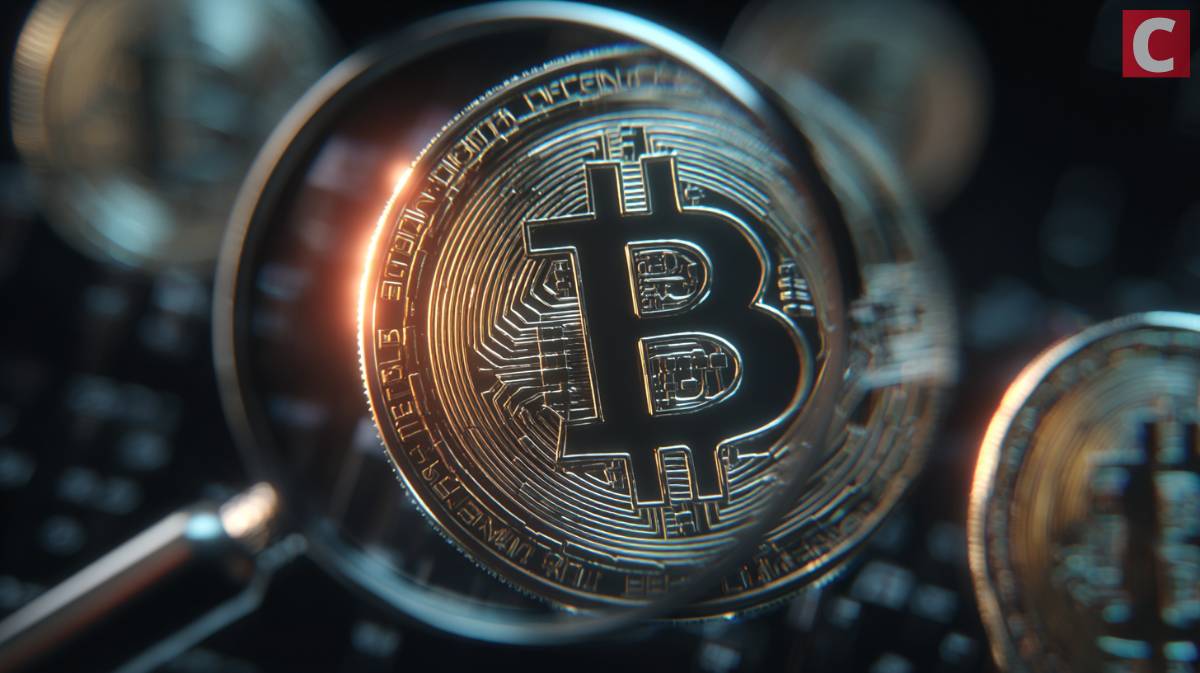Recent Proof-of-Reserves reports from KuCoin, OKX, and others show a new focus on transparency since FTX, but what do these audits really prove?
In the world of crypto, trust is everything, whether you like it or not. Recent Proof-of-Reserves (PoR) announcements from exchanges like KuCoin and Coinex on July 10th and OKX on July 9th, coupled with ongoing reports from pioneers like Kraken, signal a profound industry shift.
That wave of transparency is a direct response to the trust shattered by the catastrophic collapse of FTX, forcing a central question: has crypto really changed? The answer is a complex “yes,” as PoR’s adoption is a monumental leap from past opacity, though it is not a silver bullet, and some prominent figures have even called the practice a “bad idea.”
The industry’s move to PoR was forged by crisis. Before November 2022, the concept was niche. The fall of FTX, caused by the secret misuse of billions in customer funds, triggered a crisis of confidence that forced a new standard into existence. Nearly every major exchange rushed to implement PoR programs to prove their solvency and stop a massive exodus of capital to self-custody wallets.
How Exchanges Compete on Transparency
What began as crisis management has transformed into a competitive battleground where exchanges vie for user trust by showcasing the rigor of their audits. This has led to a fragmented landscape where “proof” can mean different things.
- KuCoin emphasizes consistency, recently completing its 32nd consecutive monthly audit to build a narrative of long-term reliability.
- OKX competes on technological superiority, using advanced zk-STARK proof which it promotes as more secure and privacy-preserving (OKX recently also achieved SOC 1 Type 2 Compliance).
- Kraken, an early pioneer who began PoR in 2014, sets itself apart with high granularity, including liabilities from margin and futures trading to provide a more holistic view.
- CoinEx supplements its 1:1 reserve ratio with a “CoinEx Shield Fund,” which allocates 10% of trading fees for additional user protection.
However, it is critical to understand what a PoR audit does not do. It is a narrowly focused tool, not a complete guarantee of an exchange’s health. The audits are point-in-time snapshots and not full financial audits. They reveal nothing about potentially massive off-chain liabilities, like corporate debt, that could still bankrupt a company. This can create an “illusion of precision,” where a healthy reserve ratio diverts attention from other critical risks.
Crypto has undeniably changed for the better. The ability to cryptographically verify reserves is a massive improvement. However, PoR remains an imperfect tool. Users must treat these reports as a starting point for due diligence, not a conclusion, and remember that self-custody wallets are the only way to truly eliminate counterparty risk.
next